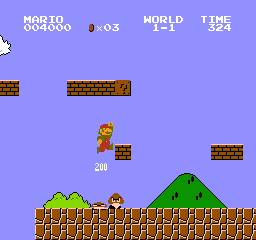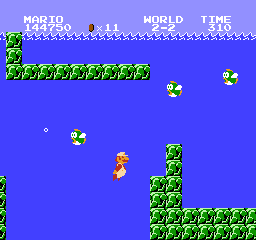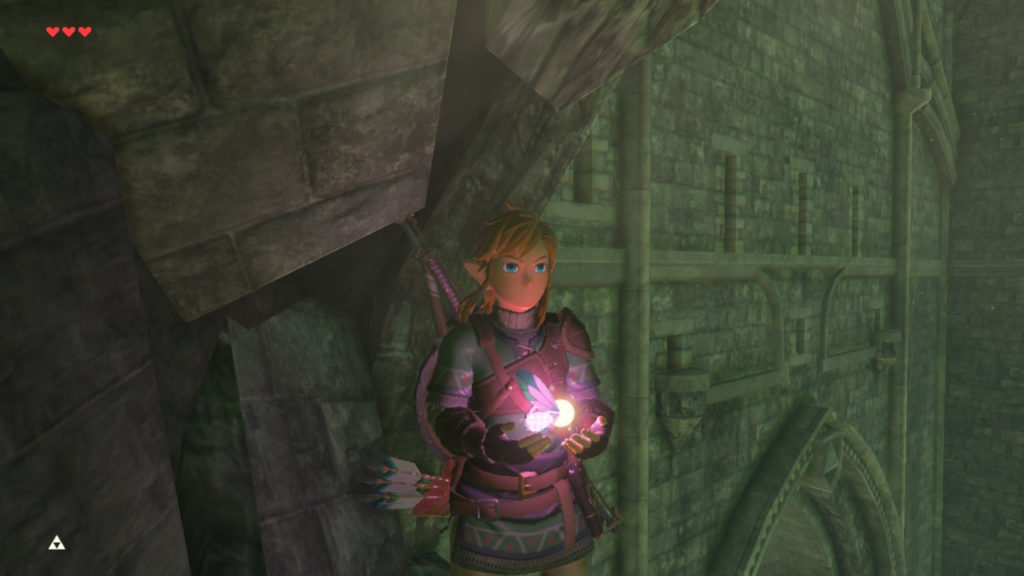
Everyone’s favorite, or at least the most famous, charity speedrunning marathon is back! It’s January 8 through 14. This is the one with Awful Block, BTW! This year AGDQ is being run to support the Prevent Cancer Foundation.12
This year I have a schedule conflict and so I won’t be able to watch it as carefully to report on day to day here. But I can try to say something where I can when I happen to catch a stolen moment!
Of note, AGDQ 2023 this year is completely online again. SGDQ this year went back to being in person, but particular issues resulted in AGDQ going back to online-only. Specifically, back in 2020 before the pandemic happened, they had locked in a venue in Florida. Since then not only did the pandemic hit, but Florida went absolutely anti-vaccine crazy, not to mention anti-trans!
Both of these factors resulted in their decision to not hold the event in Florida, even though it requires paying substantial cancellation fees. That sucks, but I support them in this decision, and I say this as someone who lives in a state close to Florida.
Even though I won’t be able to follow it as closely as last time, they will still be posting archives of all their runs to Youtube so they can be watched after the fact! And I can still take a moment to have a look at their schedule right now and find some things that might be of interest out our audience of three, maybe even four people. All times here are US Eastern:
SUNDAY, January 8th
Noon: Splatoon 3, still a really new game so you’ll probably to be able to see a lot of new tech!
1:30 PM: The Legend of Zelda: Breath of the Wild. The past six years this game has been absolutely blown apart in strange and entertaining ways! This may be its last year in the spotlight though, since its sequel is coming out this year!
4:29 PM: Castlevania: Symphony of the Night. An old favorite!
11:19 PM: Pokemon Mystery Dungeon: Explorers of Sky. This is a randomizer run, so unusual events may be in the offing!
MONDAY, January 9th
4:30 AM: Ax Battler, A Legend of Golden Axe. A fairly obscure Game Gear game, focusing on the least charismatic character of the original Golden Axe trio.
7:35 AM: Bomberman 64: The Second Attack.
11:39 AM: Shovel Knight Dig. A race!
2:54 PM: Teenage Mutant Ninja Turtles: Shredder’s Revenge. This is that recent game made as an homage to the classic Konami arcade titles! This is described as a “chill race,” and is being played in co-op mode.
6:59 PM: Portal. A “bonus game,” which will be done if a donation incentive is met. Portal is another game that’s been annihilated by speedrunners.
10:59 PM: Fable Anniversary.
TUESDAY, January 10th
12:29 AM: Ape Escape 2.
3:39 AM: Goat Simulator. “Here comes that goat again….”
10:29 AM: Castlevania: Harmony of Despair.
11:39 AM: Castlevania: Aria of Sorrow.
2:30 PM: Super Mario Galaxy 2.
7:05 PM: Outer Wilds.
WEDNESDAY, January 11th
4:02 AM: FEZ.
6:28 AM: Final Fantasy VII. Over seven hours!
2:03 PM: Stardew Valley. A glitchless race.
2:53 PM: A Sonic the Hedgehog block, with Sonic Unleashed, Sonic Colors: Ultimate and Sonic Advance 2, which is the subject of a character bidwar. #teamamy
5:21 PM: Pokemon Red “or Yellow,” I don’t know what that means. Glitchless, but only two hours long. How?
7:36 PM: Ocarina of Time 3D.
8:21 PM: Last year’s hit Stray as a bonus game.
11:54 PM: Kirby Star Allies, with a “Guest Star?”
THURSDAY, January 12th
12:44 AM: Pac-Man: The New Adventures. This is that funky 16-bit game where you don’t directly control Pac-Man but instead try to influence an AI-controlled Pac to do what needs doing. This may be intended to kick off Awful Block, but I don’t think it’s really awful, just, not really much of a Pac-Man game.
1:23 AM: AWFUL BLOCK! Yo! Noid 2: Game of a Year Edition, Yolanda, Lizard Lady vs. The Cats, Office Race, Salamander County Public Television, Battle of the Eras, Morodashi Sumo, Dokkaebi-ga Ganda, I’m going to die if I don’t eat sushi!, Sonic Blast, Bad Guys At School, and Steven Seagal is the Final Option, at 7:05 AM.
8:59 AM: The World Ends With You: Final Remix.
12:54 PM: Metal Slug. Oh I’m sorry, that should be Metal Slug!, with an exclamation point.
2:00 PM: BS The Legend of Zelda. Not only is this a terrifically obscure game, only released on the Satellaview in Japan (and only coming down to us in any form due to the hard work of preservationists and hackers), but it’s a 100% race!
6:17 PM: Puyo Puyo Fever 2.
6:57 PM: Mario Kart 8 Deluxe DLC tracks as a bonus game.
8:27 PM: The Simpsons Hit & Run.
11:43 PM: Power Wash Simulator.
FRIDAY, January 13th
3:06 AM: Kirby Air Ride. A hugely underrated game! Although sadly this is normal racing and not its stand-out mode, City Trial.
3:39 AM: A short NES block, with Jackal, Mickey Mousecapade and Chip ‘n Dale Rescue Rangers.
5:33 AM: Beautiful Katamari.
7:03 AM: Gunstar Heroes.
8:28 AM: Kirby’s Adventure.
10:35 AM: Metroid Prime 1+2. Multiworld Randomizer Co-op. How will this even work?
1:45 PM: Cult of the Lamb.
6:00 PM: Elephants and Snakes and Crocodiles. On the SNES? I’ve never even heard of this one!
6:55 PM: Final Fantasy XIV. The description of this one is a jumbled alphabet of abbreviations and initialisms, I have no idea what any of that means.
8:05 PM: Arcade Stepmania, as a bonus game. This is a demonstration, not an actual speedrun, but these tend to be insane anyway!
9:35 PM: Super Mario All-Stars Shuffler.
SATURDAY, January 14th
2:38 AM: Blinx the Time Sweeper.
5:29 AM: Mega Man 64 and Mega Man Rock N Roll. The first of these two is the N64 version of Mega Man Legends, the second is a fan game.
9:08 AM: Donald (Duck) in Maui Mallard.
11:27 AM: Metroid Dread. All boss glitchless. To think we went from this game being a vaguely rumored cancelled title to an official release being speedrun at AGDQ in a little over a year.
1:17 PM: Terraria.
6:02 PM: The Legend of Zelda: A Link to the Past as a bonus game.
10:53: Super Mario 3. Warpless, but any%.
That should be it, although of course they like to put in unannounced bonus games toward the end, so keep your eyes open!





























